Goldenseal (Hydrastis canadensis), is a low growing herbaceous perennial native to the American Northeast. The benefits of goldenseal can be traced back to Native American cultures where the root and rhizome had many purposes including use a fabric dye, and for gastrointestinal support.* The alkaloids that comprise the plant’s active components are also considered fundamental elements of traditional Chinese practices and are responsible for the herb’s international popularity.
Intestinal Support*
The widespread use of Goldenseal can be attributed to its main isoquinoline alkaloids hydrastine and berberine, found in the root and rhizome. These alkaloids in the root extract have been shown to support the balance of a wide spectrum of intestinal organisms while promoting intestinal defense by increasing production of immunoglobulin (IgM).*1
Dosing Considerations
Standardized root extracts of goldenseal are generally dosed in a range of 50 mg/day to 300 mg/day, with higher amounts administered in divided doses. As an example, 100 mg three times daily may be used. Another common approach to dosing goldenseal would be twice per day, so 150 mg twice daily is a more convenient, but robust daily dose.
Both hydrastine and berberine can inhibit numerous cytochrome P450 enzymes, with the most recognized being CYP3A4 and CYP2D6 presenting a potential interaction with certain medications.*
Practitioners can check any drug-nutrient interactions using this Drug-Nutrient-Interaction-Checker, which allows you to print or email any uncovered interactions to your patients.
Goldenseal’s therapeutic use since ancient times reflects its reputation for promoting intestinal and immune health that is still highly esteemed today.*
REFERENCES:
1. Blumenthal M. ed. The ABC Clinical Guide to Herbs. Austin, TX: American Botanical Council; 2003: 227-234.17.
2. Chen C et al. Am J Chinese Medicine. 2014. 42(5): 1053-70.
3. Kim T et al. Immunology. 2003. 109: 407-14.
4. Greuenwald T, ed. PDR for Herbal Medicine. 4th ed. Montvale, NJ: Thomson Healthcare Inc. 2007: 395-99.



